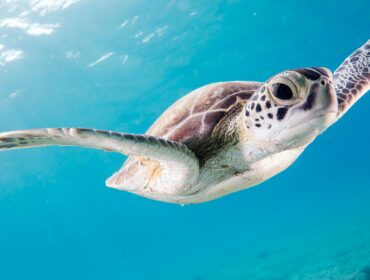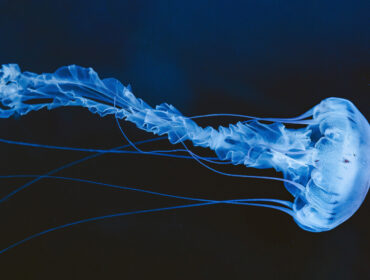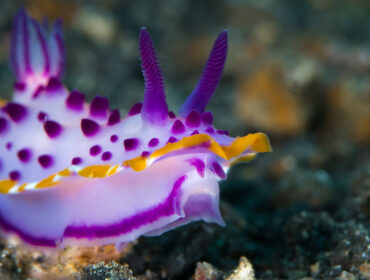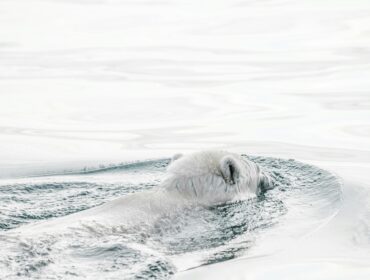Although they’re easy enough to find at virtually any seaside gift shop, avid seashell collectors will be the first to tell you that finding an intact sand dollar on the beach is no easy task, making the discovery of one something of a small victory. But these cherished finds are much more than just pretty trinkets when they’re living — let’s take a look at the interesting makeup of the sand dollar.
Sand dollars are a flattened, burrowing species of sea urchin, closely related to other common marine creatures like starfish and sea cucumbers in a phylum called echinoderms. While physically they can appear vastly different, echinoderms all share one characteristic trait: five-fold radial symmetry. In starfish, this is manifested in their five (and sometimes more) arms, while in sea urchins and sand dollars, a star pattern can be seen on the top, bottom, or both sides of the skeleton.
The skeleton of a sand dollar, known as a ‘test’, is the part most commonly found by humans on the beach, but its appearance is much different when it is alive. The smooth white or grey surface is covered in hundreds of tiny spines, each of which are covered in fine hairs called cilia, resulting in the sand dollar appearing somewhat furry. These spines not only work together to move the sand dollar across the surface of and into the seabed, but also search the sand and water column for food, which can include small copepods, crustacean larvae, diatoms, plankton, algae, and bits of detritus.
Food is moved to the center of the star shape on the underside to the mouth by way of tiny tube feet, called podia, that line both sides of the grooves that make up the star. If you’re lucky enough to see a living specimen with a cone-shaped circle of spines bunched up on its surface, you’re looking at what is essentially the sand dollar’s pantry: a place to keep the food in storage until it is ready to be transported to the mouth. The circular mouth of the sand dollar has five teeth-like sections that grind the food into digestible particles, sometimes taking up to fifteen minutes to grind before the food is moved to the digestive system!
The tiny perforations that form the star shape on the top of a sand dollar are where other specialized podia emerge to “breathe,” much like gills on a fish. This anatomical feature enables the sand dollar to survive while buried within the substrate, an essential component of its self defense. In very calm waters, sand dollars can often be found partially buried in the sand in a vertical position, but where there is movement, sand dollars lie flat to avoid being tossed around. They can even swallow grains of sand to make themselves heavier in more turbulent waters. When it’s time to reproduce, clusters of sand dollars release both sperm and egg cells into the water column to produce larvae, which eventually begin to form their iconic tests after several stages of metamorphosis.




